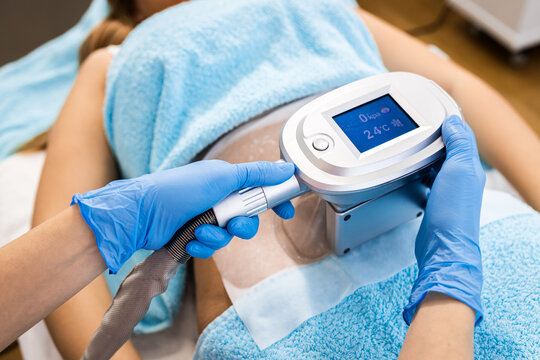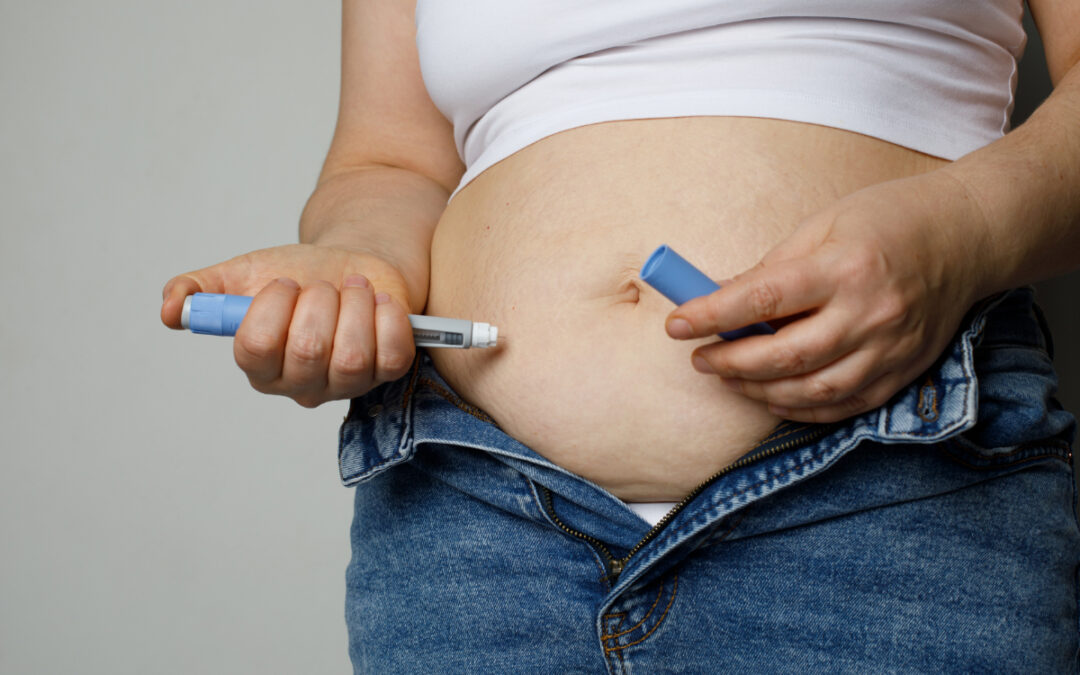Erectile dysfunction (ED) is one of the most common sexual health issues affecting men worldwide, especially those over the age of 40. It’s defined as the consistent inability to achieve or maintain an erection firm enough for satisfactory sexual activity. While occasional performance issues are normal, persistent ED can impact self-esteem, relationships, and overall quality of life.
Fortunately, medical advances and a better understanding of the condition have led to a wide range of effective treatment options. But the big question remains: What approach is most successful in treating erectile dysfunction?
In this post, we’ll explore the leading treatment strategies, their effectiveness, and how to choose the one best suited to your needs.
Understanding the Causes Behind ED
To determine the most successful treatment, it’s essential to understand that ED isn’t a one-size-fits-all condition. It can be caused by physical, psychological, or lifestyle factors—or a combination of them.
Common physical causes include heart disease, diabetes, high blood pressure, obesity, and low testosterone. Psychological factors may involve stress, depression, anxiety, or relationship problems. Habits like smoking, excessive alcohol use, or a sedentary lifestyle also contribute to erectile problems.
Because ED often stems from more than one issue, the most successful treatments are usually those that take a comprehensive, personalized approach.
Oral Medications: First-Line and Most Commonly Effective
When it comes to fast, reliable results, oral medications like PDE5 inhibitors are often the first line of treatment and have the highest success rate. These include:
- Sildenafil Citrate (Viagra)
- Tadalafil (Cialis)
- Vardenafil (Levitra)
- Avanafil (Stendra)
These medications work by enhancing blood flow to the penis, making it easier to get and maintain an erection in response to sexual stimulation.
Among them, Tadalafil is favored for its longer-lasting effects (up to 36 hours), while Sildenafil is popular for its reliability and quicker onset.
Success Rate:
Oral medications are effective in about 70–80% of men with ED. They’re most successful when the underlying cause is vascular (related to blood flow) rather than neurological or psychological.
However, they may not work for men with severe nerve damage, those who’ve had prostate surgery, or individuals taking nitrate medications.
Lifestyle Changes: Long-Term Success Through Holistic Health
While oral drugs provide quick relief, lifestyle changes can offer a lasting solution—especially for men whose ED is linked to chronic diseases or poor health habits.
Adopting a heart-healthy lifestyle improves blood flow, hormone levels, and overall energy. This includes:
- Maintaining a healthy weight
- Exercising regularly (especially cardio and strength training)
- Quitting smoking
- Reducing alcohol intake
- Managing stress through mindfulness, therapy, or relaxation techniques
- Getting enough quality sleep
Many men find that these changes not only improve ED but also boost libido and stamina naturally.
Success Rate:
While results vary, men who adopt healthier lifestyles often see significant improvement in erectile function within a few months—sometimes enough to reduce or eliminate the need for medication.
Psychological Therapy: Addressing Mental and Emotional Factors
If stress, anxiety, depression, or performance pressure is contributing to ED, psychological counseling or sex therapy can be incredibly effective.
Therapists use cognitive behavioral therapy (CBT) to help reframe negative thoughts, reduce anxiety, and improve communication between partners. Couples therapy may also be beneficial when relationship dynamics are contributing to the issue.
Success Rate:
For men with psychologically based ED, success rates for therapy can reach 80–90%, especially when combined with other supportive treatments.
Hormone Therapy: Balancing Testosterone Levels
Low testosterone (Low T) is another common but often overlooked cause of erectile dysfunction. In such cases, testosterone replacement therapy (TRT) may help restore sexual desire, energy, and erection quality.
TRT can be administered through gels, patches, injections, or implants. However, it’s only effective for men with clinically confirmed testosterone deficiency.
Success Rate:
TRT improves erectile function in about 30–50% of men with low testosterone, especially when used alongside other treatments like PDE5 inhibitors.
Mechanical Devices: A Drug-Free Alternative
For men who cannot take oral medication or find it ineffective, mechanical devices offer a safe and effective alternative.
Vacuum erection devices (VEDs) create a vacuum that pulls blood into the penis, followed by the use of a constriction ring to maintain the erection.
Penile implants (surgical option) involve placing a device inside the penis that can be inflated when needed.
Success Rate:
VEDs work in about 60–80% of users, while penile implants have a 90–95% satisfaction rate, making them one of the most successful long-term solutions for severe ED.
New and Emerging Treatments
In recent years, several innovative ED treatments have emerged, including:
- Shockwave therapy (LI-ESWT): Uses sound waves to stimulate blood vessel growth in the penis.
- Platelet-Rich Plasma (PRP) therapy: Involves injecting plasma from the patient’s blood into the penis to promote tissue regeneration.
- Stem cell therapy: Still experimental but shows promise for long-term healing.
While these therapies are not yet mainstream or FDA-approved for ED, ongoing research suggests potential future success—especially for those who haven’t responded to traditional treatments.
Combining Treatments: A Multimodal Approach
Often, the most successful approach to treating ED is combining multiple strategies. For instance, a man might take oral medication, improve his diet, exercise more, and attend therapy sessions to address anxiety. This multimodal approach treats the condition from all angles—physical, psychological, and emotional—for more comprehensive and lasting results.
So, What’s the Most Successful Treatment?
The answer depends on the individual. For many men, oral medications like Tadalafil or Sildenafil offer fast and reliable results. For others, lifestyle changes and psychological support are essential for long-term success. In severe cases, penile implants or hormonal therapy may be the best solution.
The most successful treatment is not just the one that works quickly, but the one that treats the root cause, fits the patient’s needs, and improves quality of life. Consulting a healthcare provider or urologist is essential to identifying the best plan for your specific situation.







0 Comments